Weekly Tech Recap - № 156 - SpotMini video, Pixel sales, Sony Koov, Skydio R1 drone, etc.
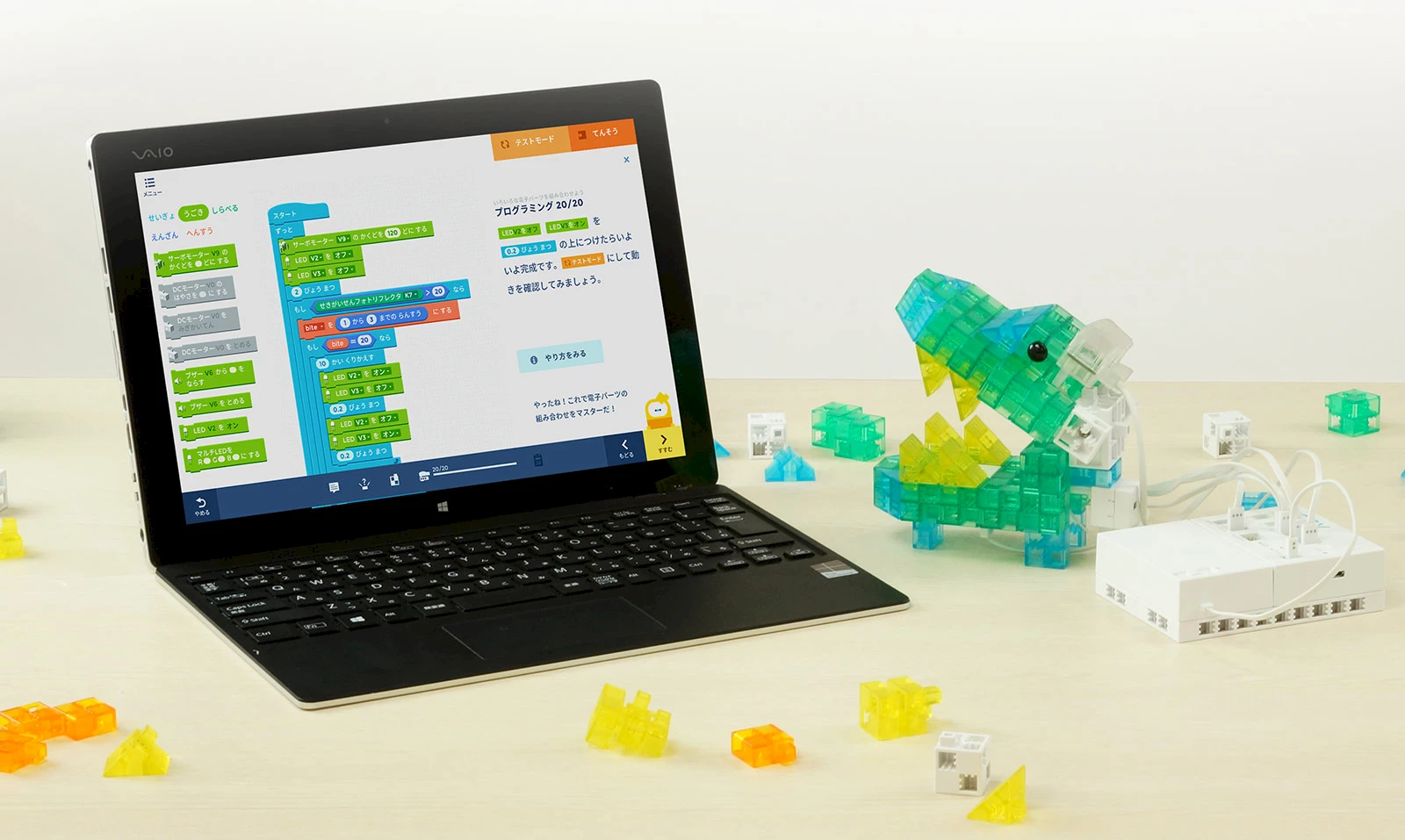
SpotMini robots that help one another out
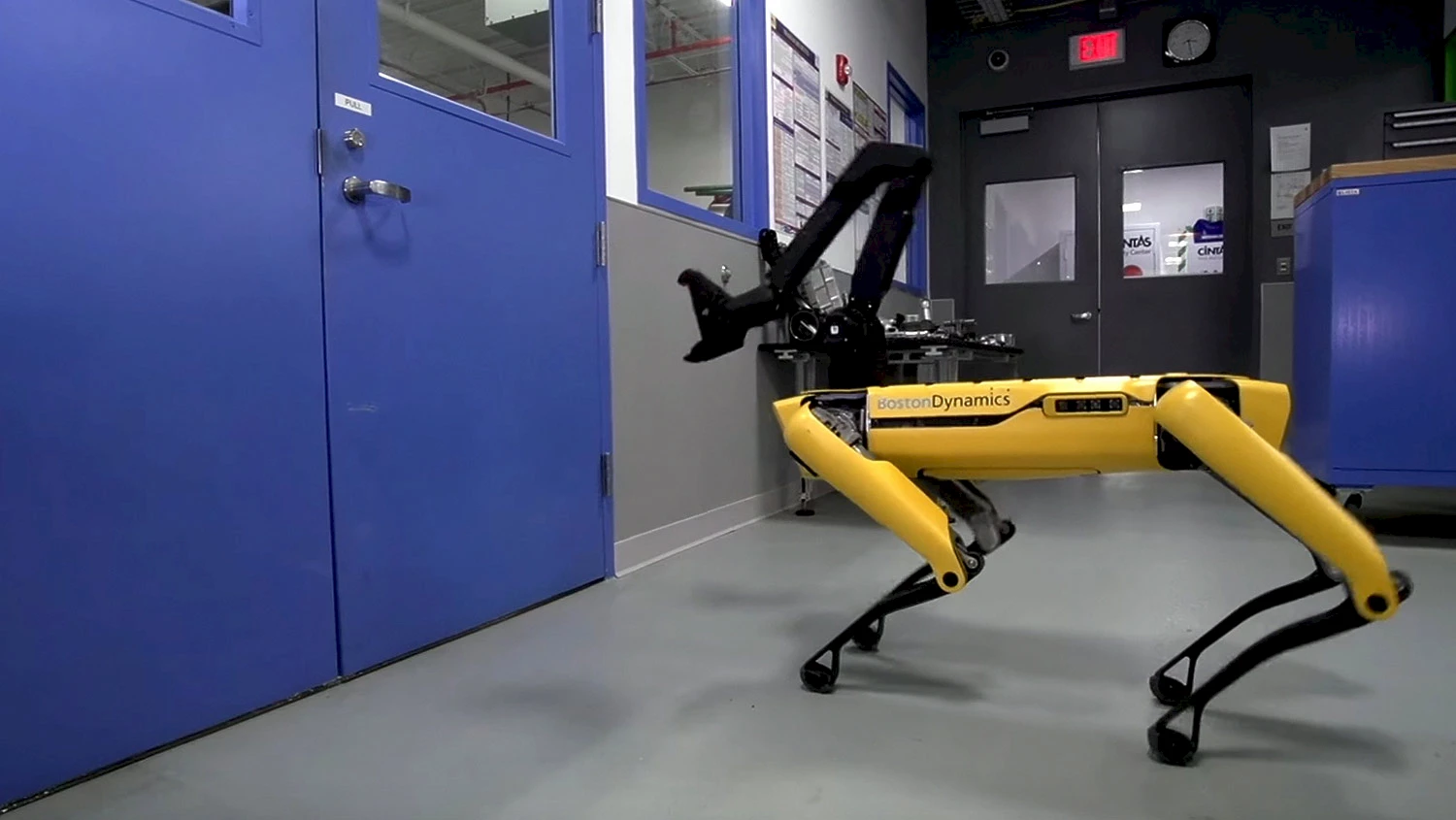
SpotMini. © Boston Dynamics.
Boston Dynamics has posted a video on Youtube depicting an interaction between two SpotMinis, those agile and graceful four-legged robots. The video, entitled, “Hey buddy, can you give me a hand,” shows a SpotMini heading towards a closed door and seeming vexed at not being able to open it. Then, another SpotMini shows up to lend a hand —it has a robotic arm on its back. The arm unfolds, grabs the handle, opens the door and keeps it open while his buddy passes through. The video provokes a wide range of comments which, surprisingly, contrast wildly. In one corner: “Oh, wicked”, “Super”, “Cool”, “Amazing”, “Impressive”, “Fantastic”, “Too cute”, “Adorable”, and in the opposite corner: “Scary”, “Nightmarish”, “Technology terrorizes me”, “Welcome to our new overlords”, “We’re doomed”, “Oh no! They’ve learned to open doors! They’re the raptors from Jurassic Park!”, “It really scares me”, “God helps us….”. Which side are you on? Around here, we’re in the camp that thinks it’s cool, and we’d definitely like to have a SpotMini roaming around the halls at the office. Many people are also drawing a parallel with the Metalhead episode from the Black Mirror TV series. That actually isn’t a coincidence, as Charlie Booker, who wrote the episode, was inspired by Boston Dynamics robots as he developed the plot.
⇨ CNET, “That terrifying Boston Dynamics robot dog can open doors now.”
Modest sales of Google Pixel phones
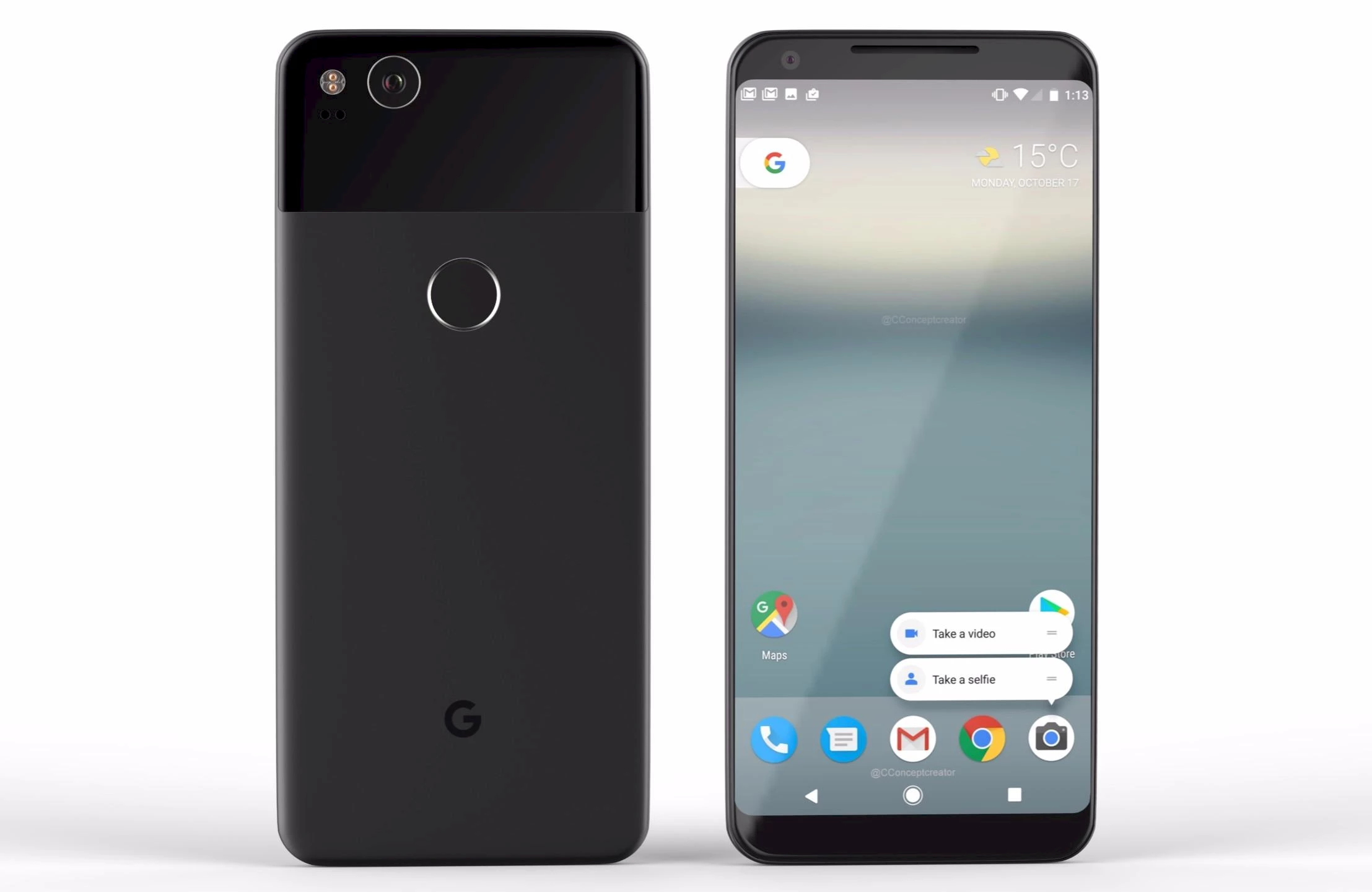
Pixel 2. © Google.
Pixel phones generated a lot of buzz in the media, earning praise for their undeniable features, but the commercial success of the phones remains actually quite modest and has relegated Google to being a minor player in the market. According to Francisco Jeronimo, Research Director with IDC, Google doubled deliveries of the Pixels in 2017, shipping 3.9 million units. In the United States, its share of the market rose from 1.8% to 2.8%, which is definitely progress, but is still a marginal presence in the market. In contrast, Apple sold about 6 million iPhones each week in the last quarter of 2017. Google will likely have to beef up its worldwide distribution network, which currently is limited (the phones are only available for purchase in eight countries: Germany, Australia, Canada, Spain, the United States, Italy, the United Kingdom and Puerto Rico).
⇨ Digital Trends, “Google Pixel shipments double, but fewer than 4 million were sold in 2017.”
Koov robotic education kit
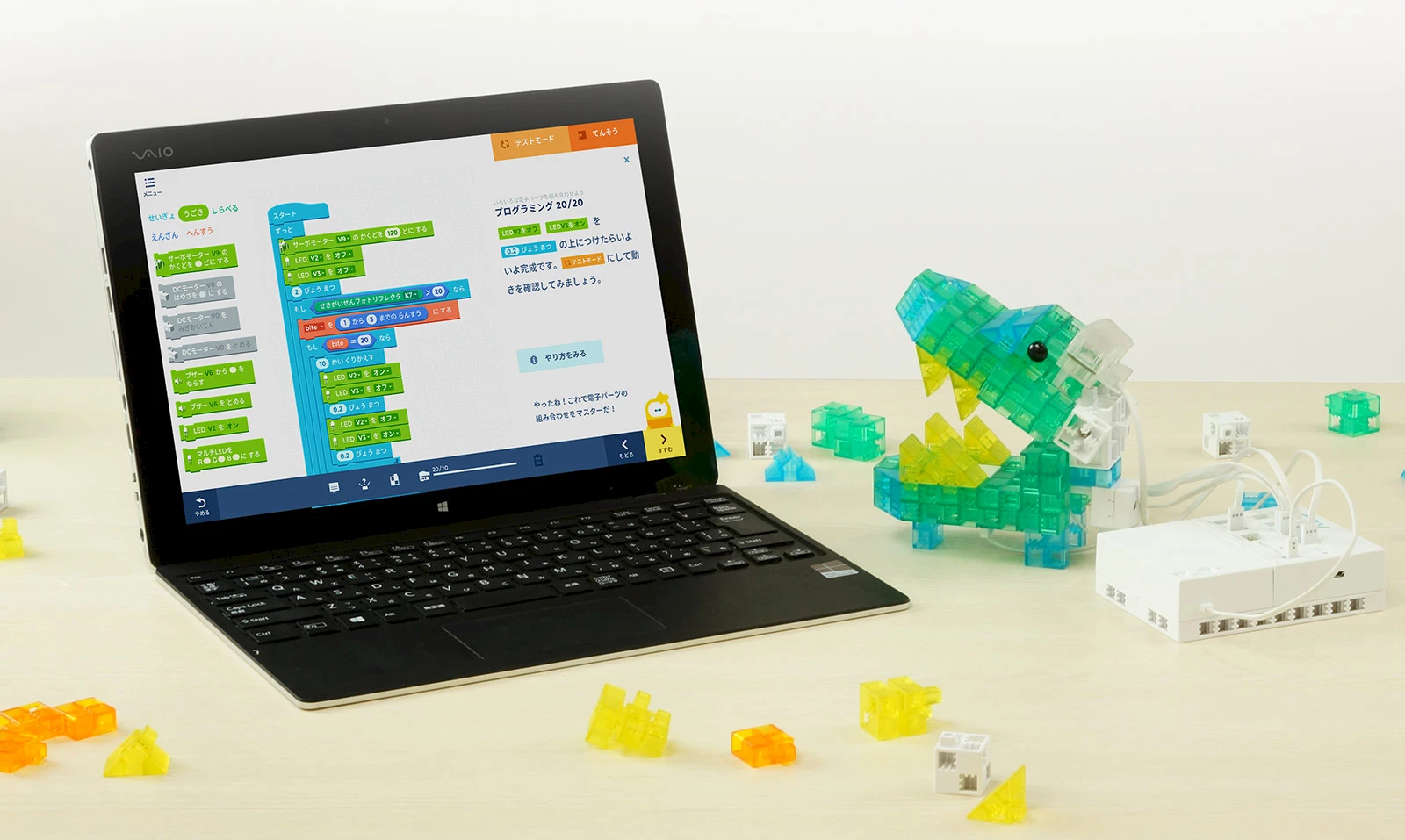
Koov. © Sony Electronics.
Sony’s Koov is a kit made up of over 300 pieces (see-through bricks, wheels, gears, sensors, motors, etc.) created to teach robotics and programming to youth ages 8–14. The kit comes with 23 plans for robots, but nothing prevents users from developing their own plans —on the contrary. At its core, Koov has a micro-controller based on the Arduino open source platform. Sony, however, has developed its own simplified programming language, dubbed Scratch, for these robots. Available through pre-order from Sony, at a cost of $520 USD, which seems a tad steep. Delivery is slated for the end of March.
⇨ Circuit Breaker, “Sony made a 300+ piece coding kit for kids to bring blocky robots to life.”
New Ryzen processors
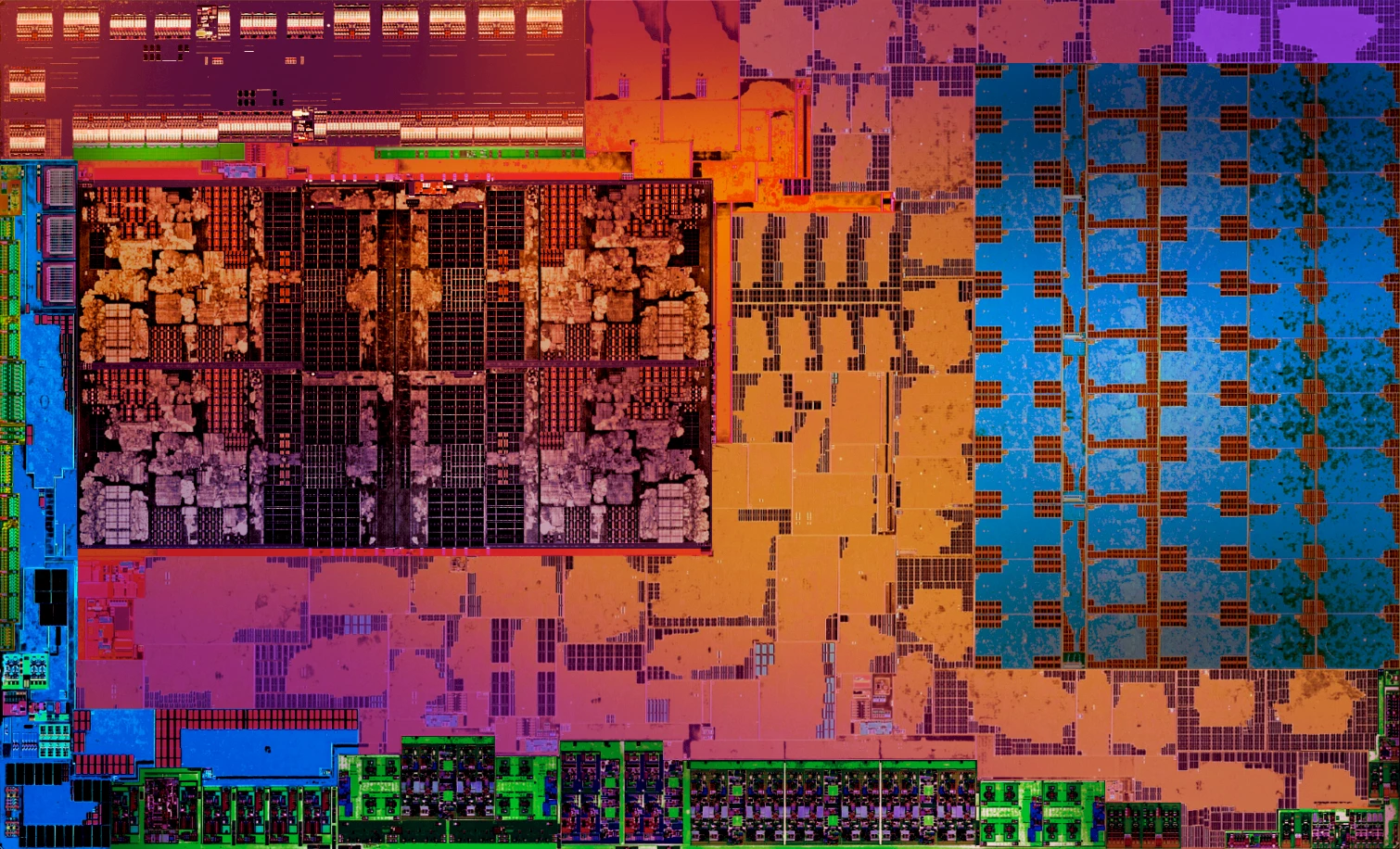
Ryzen die shot. On the right in blue, the GPU, and on the left, the 4 four-core CPUs. © AMD.
AMD has launched two new four-core Ryzen processors (based on the Zen microarchitecture): the 5 2400G ($169 USD) and the 3 2200G ($99 USD). They are the first of their series to offer an integrated graphics processor (GPU), the Radeon Vega. Like other Ryzen chips, these new processors use the AM4 socket. With the appropriate firmware update, they should work on any existing AM4 motherboard, though not all AM4 motherboards include the video outputs necessary to use the integrated GPU. Graphics performance, though decent, will not be up to the discriminating standards of hard-core players. However, at that price, these processors, especially the 3 2200G, are ideal for business machines.
⇨ Ars Technica, “Desktop Ryzens with Vega graphics: Is fastest-ever integrated GPU fast enough?”
Skydio R1 autonomous drone
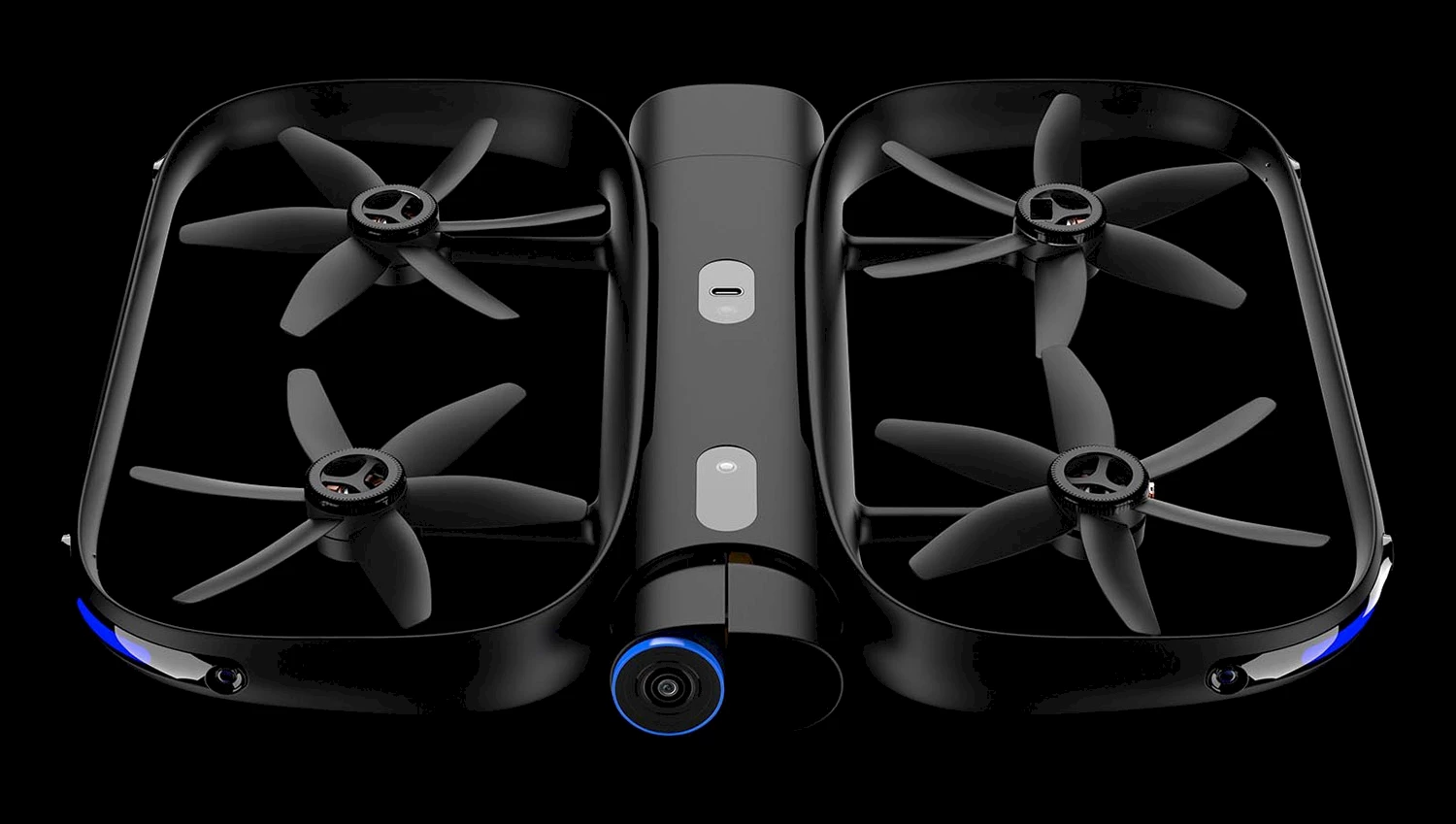
R1 drone. © Skydio.
Skydio, a startup launched four years ago by MIT researchers, has announced its first product: the autonomous R1 drone, which is able to automatically follow your movements and film them in 4K. The R1 is equipped with 12 small onboard cameras, and can recognize its environment with a high degree of accuracy, allowing it to dodge all objects in its path. Its maximum speed is 40 km/hr, it is autonomous for 16 minutes and weighs only 1 kg. It’s available at a cost of $2,500 USD, which will undoubtedly curb the enthusiasm of many potential buyers enamoured by this nifty machine.
⇨ IEEE Spectrum, “Skydio demonstrates incredible obstacle-dodging full autonomy with new R1 consumer drone”
